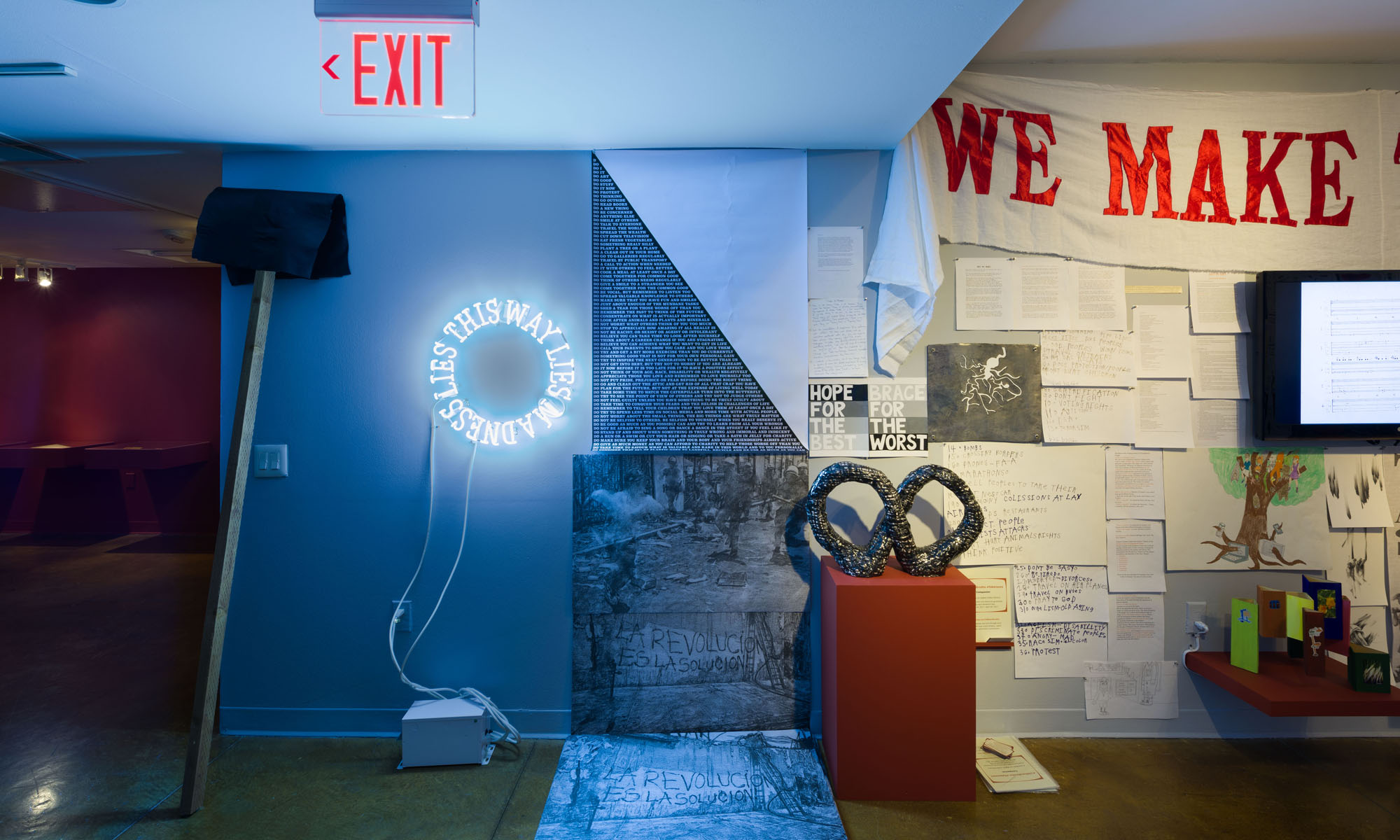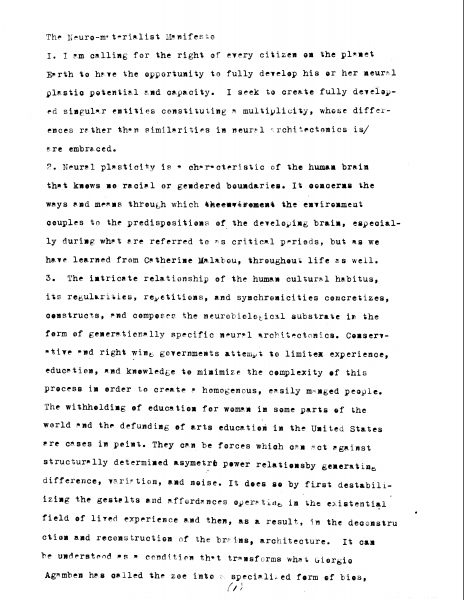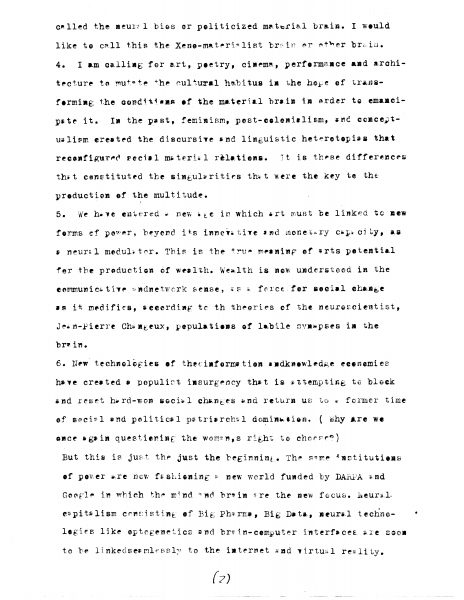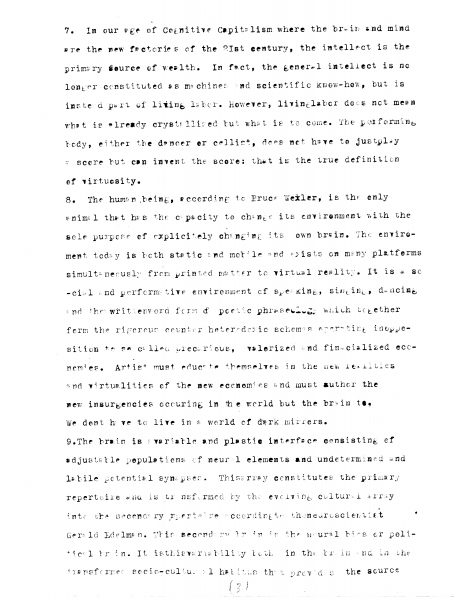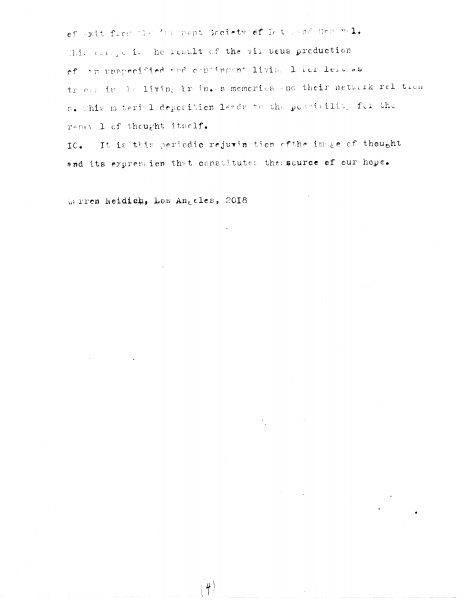pegah pasalar
lost in her hair (2016)
Single-channel video
6:23 min.
https://www.youtube.com/watch?v=FKrHezGWY8M&t=1s
Hazel Batrezchavez
Yo Salie // I left (2017)
Single-channel video
2:55 min.
Felipe Baeza
Category is Mitad y Mitad (2007)
Single-channel video
3:00 min.
Zahra Zavareh
expect expulsion (2017)
Single-channel video
5:59 min.
XIAOQING ZHU
Mutual Measurement (2017)
Single-channel video
5:06 min.
Julian Harper
implicit (2017)
Single-channel video
12:26 min.
https://vimeo.com/244462551
Luis Mejico
Skivvy (Excerpt) (2017)
Single-channel video
8:20 min.
Ythan Ponio
Dinuguan (2017)
Single-channel video
5:49 min.
https://youtu.be/5h05l_DBs3o
